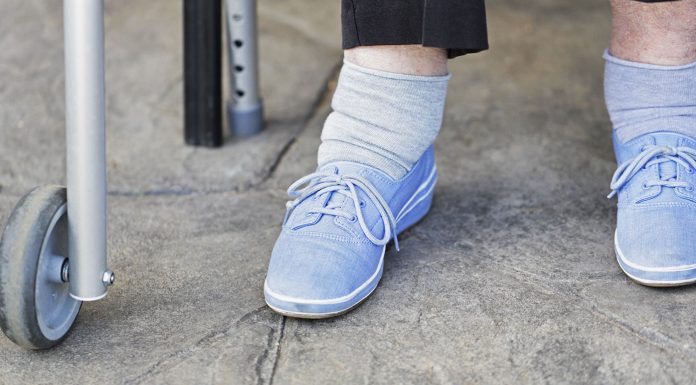Nurses are being encouraged to vaccinate against mumps at every opportunity –particularly olders teens and young people in their 20s – as the Auckland mumps outbreak continues.
Only 20 cases of mumps were reported across the whole of the country last year and Auckland alone has at least 300 cases to date. The disease can be mild for young children but adults who get mumps can experience severe disease.
“Unfortunately we are bearing the brunt of a mumps outbreak in Auckland,” said Dr Josephine Herman, Auckland Regional Public Health’s medical officer of health. The outbreak had now spread to the Waikato and mumps cases were also being reported in smaller numbers across the country.
She said it was looking to the primary health sector and nurses in particular – who are the backbone of primary care – to help promote the MMR (measles, mumps and rubella) vaccine amongst the younger, adolescent population.
Public Health are particularly concerned about a “lost generation” now in their 20s who either did not receive the MMR vaccine in the first place or may have missed out on their second MMR dose when the timing of the second dose was shifted in 2001 from being done at age 11 to age four. They are also at risk of measles and rubella.
Henman said the difficulty was that this age group was generally healthy and independent so didn’t often visit health services. Also the national immunisation register was only 12 years old so it was difficult to identify those who had or hadn’t been vaccinated.
Practice nurses had an important role as families were being urged to check with their family’s general practice to see whether family members had been fully immunised – and also to check their child’s blue Well Child (Plunket) book.
The Immunisation Advisory Centre (IMAC) says the last major mumps epidemic in New Zealand was in 1994 which lead to 188 hospitalistions. Mumps is a viral illness spread by coughing, sneezing and direct contact with infected saliva.
The incubation period (time from infection to onset of symptoms) is on average 16-18 days, and can range from 2-4 weeks. A person with mumps may be infectious from seven days before the salivary glands swell until nine days after.
Henman said for the majority of people who catch mumps it is a mild illness with some painful swelling in the jaw. Some don’t get any swelling with 30 per cent of mumps cases being asymptomatic (though still contagious). But in some cases – with adolescents and adults at higher risk of severe disease from mumps – there can be serious consequences including meningitis, hearing loss and in the case of young and older men it is orchitis (painful swelling and inflammation of the testicles) which in rare circumstances lead to infertility. Henman said women can also have pain through swelling of the ovaries.
According to national immunisation data, the coverage rates in young children up to the age of 12 years are around 80 percent. Today’s mid twenty year olds have even lower rates, with a national coverage survey reporting that only 60 percent of Pakeha children were fully immunised in 1991, with lower rates for Maori (42 percent) and Pacific children (45 percent).
ARPHS has been notified of 300 cases from January 1 to 4 September 2017, with this total greater than all the cases of mumps in the last 16 years. But Henman says there are probably a significant number of cases that have been brought to the services’ attention.
“Mumps is now at large in the community and the only way we can stop this spreading further is to achieve high levels of MMR vaccination in the population,” said Herman.






















